The Article
A VIBRATION MEASURING MACHINE: THE REGA STORY
28th June 2018
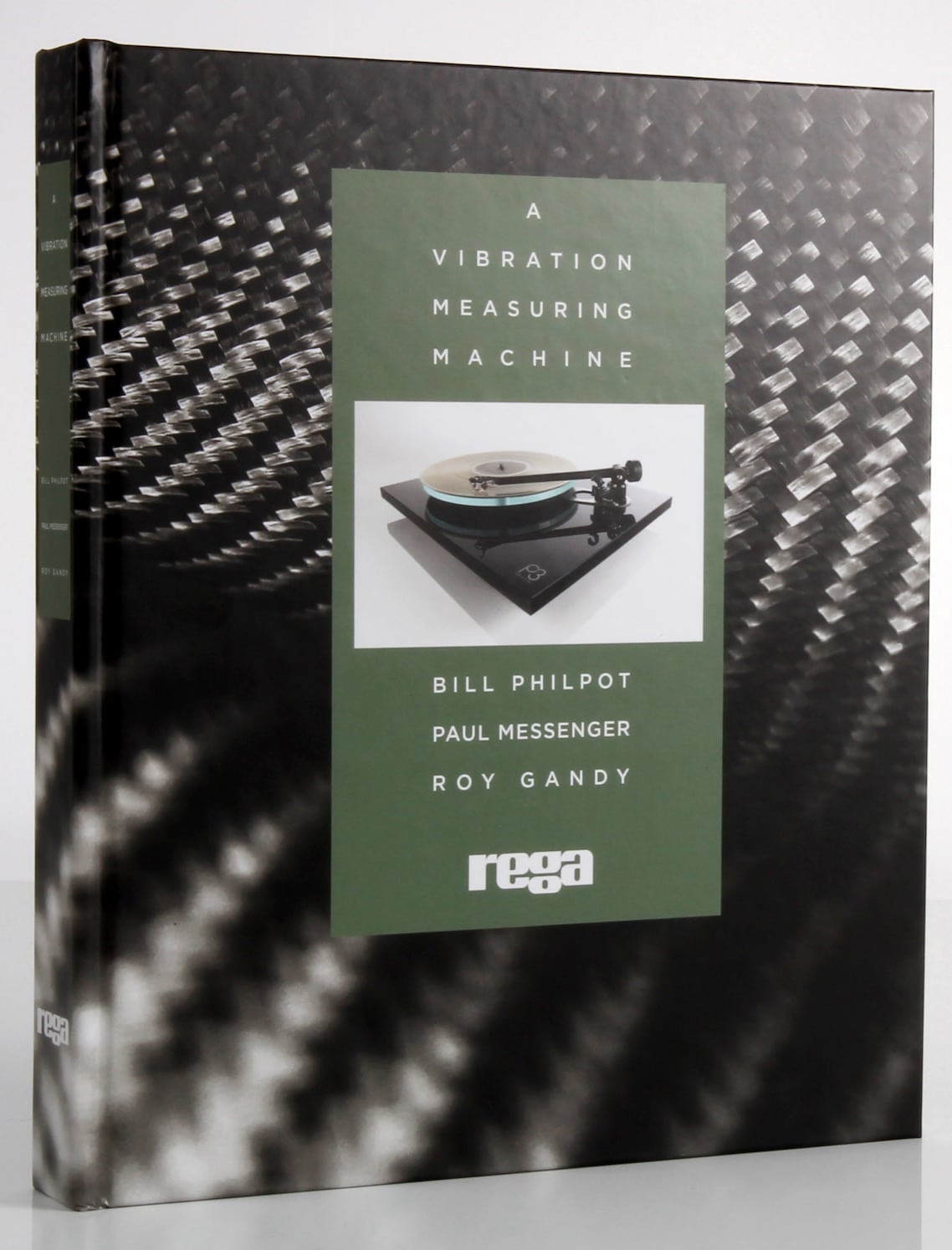
Title: A Vibration Measuring Machine
Authors: Bill Philpot, Paul Messenger & Roy Gandy
Publisher: Rega Research Ltd
Arriving as a large format hard back, priced at £39.50 and spanning 311 pages, A Vibration Measuring Machine is a new history of the UK hi-fi outfit takes the reader from its origins to present day. Flicking through the book, it looks suspiciously shallow-coffee-table-like but that first impression is deceiving.
Each of the above authors addresses a major part of the Rega story. Philpot looks at the company itself but begins with a biography of company founder Roy Gandy, his fascinating early forays into hi-fi design (developing the Planet turntable, for example), equally fascinating vintage photographs from the period and dealing with the wider industry, the growth of the company as well as valuable insights into Gandy’s personality.
There’s a wealth of information, insight and enlightening trivia is this section. I never knew that the ‘B’ in the arm names (RB300, for example) stands for ‘British’. I was also unaware that Rega worked with Goldring on its early cartridge designs.
Paul Messenger addresses the next section, engineering, but oddly immediately enters into a potted Rega biography/history and explores the origins of this book. All of which are at odds with his remit, is repetitive and redundant while Gandy’s praise for the book’s authors is awkwardly self-serving. This section should have been combined with the earlier Philpot text and placed at the front of the book.
When Messenger eventually does the job he was paid for, he does it well, offering a necessary technical and engineering grounding and then explaining how Rega fits into the larger picture. Addressing plinths, motors, drive belts and pulleys…Messenger takes you on an enjoyable educational journey. Goodness knows how many bars and pubs, up and down the land, will be ringing out with the words, “Coefficient of Restitution!”, once this book becomes widely read. There’s lots to chew on here, Messenger’s views on Vertical Tracking Angle, for example, are thoughtful (“VTA adjustment is a neurosis”) and deserve serious thought.
The final part of the book focuses on the people in which Philpot chats away to Rega staffers and gives them a platform. These include CEO Phil Freeman who lauds the positive aspects of the Rega ‘lifestyle’, designer Terry Bateman and more. Each adds a unique angle, providing more meat to the story and giving context to the book as a whole.
Further criticisms? The usability, as a book, is poor. Firstly, it would have benefitted by improved design.
Firstly, why no comprehensive index? When hi-fi – a technical subject – is addressed in a detailed manner such as this, then such a book can prove useful later as a work of reference. I spent ages flicking through the book, fact finding.
Also, this tome is divided into three sections that Rega calls ‘Books’ but only two are allocated Contents pages. The last Book is not. The latter is the shortest but I can see (especially without an index) the necessity for a Contents section. Also, all of the Contents should be at the front of the book, not scattered throughout. Book Two begins on p.173 but the Contents for this section only staggers into view on p.184. The entire Contents section should have been collated and moved to the front of the tome itself.
Heaving these design irritations to one side, A Vibration Measuring Machine offers quality paper, is nicely laid out and presents good images. I learnt a lot from this enjoyable and often fascinating read in specific Rega terms but also regarding general hi-fi design and the industry. An absorbing story from one of Britain’s great hi-fi companies.
[Don’t forget to check out my Facebook Group, The Audiophile Man: Hi-Fi & Music here: www.facebook.com/groups/theaudiophileman for exclusive postings, exclusive editorial and more!]


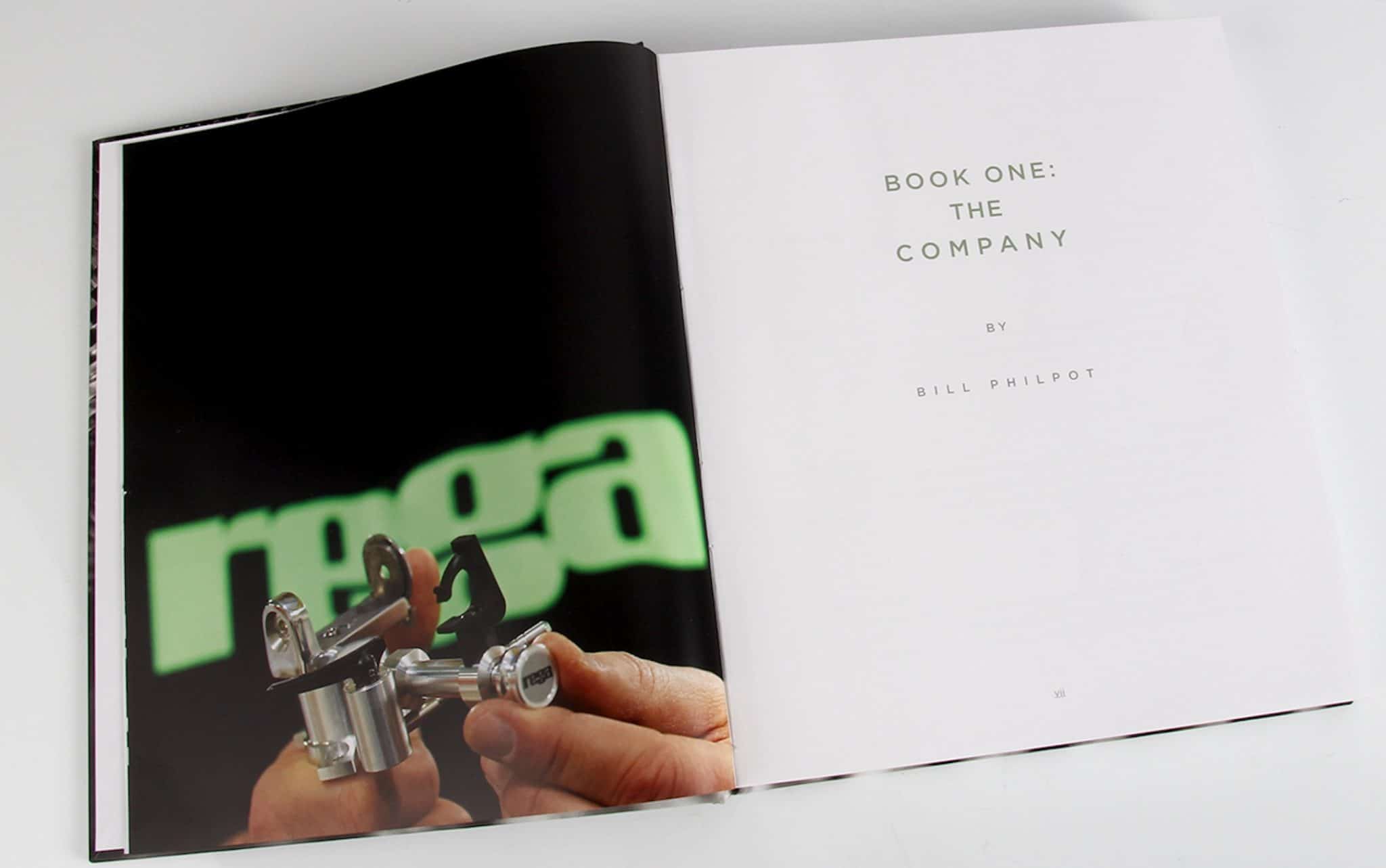
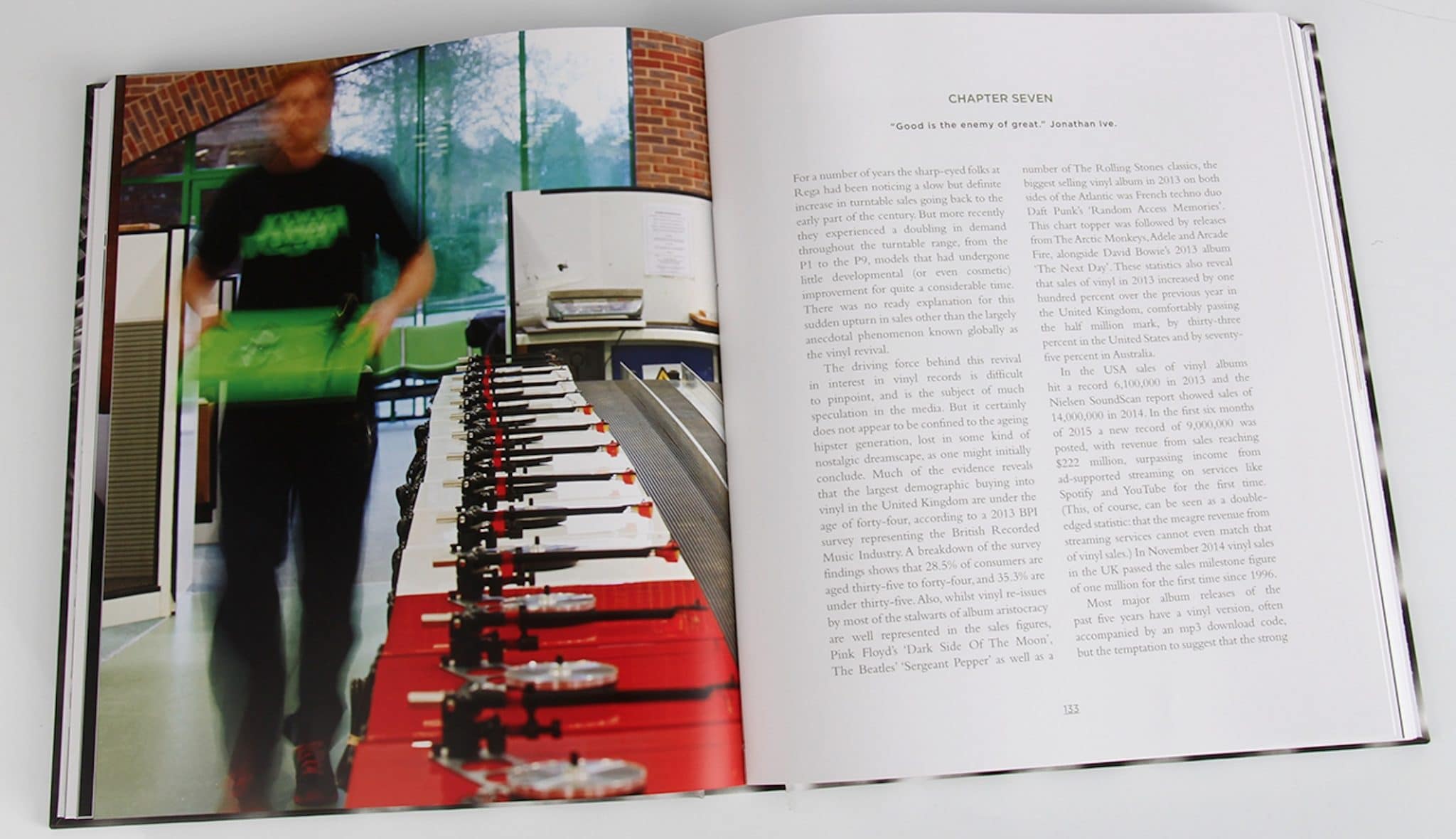
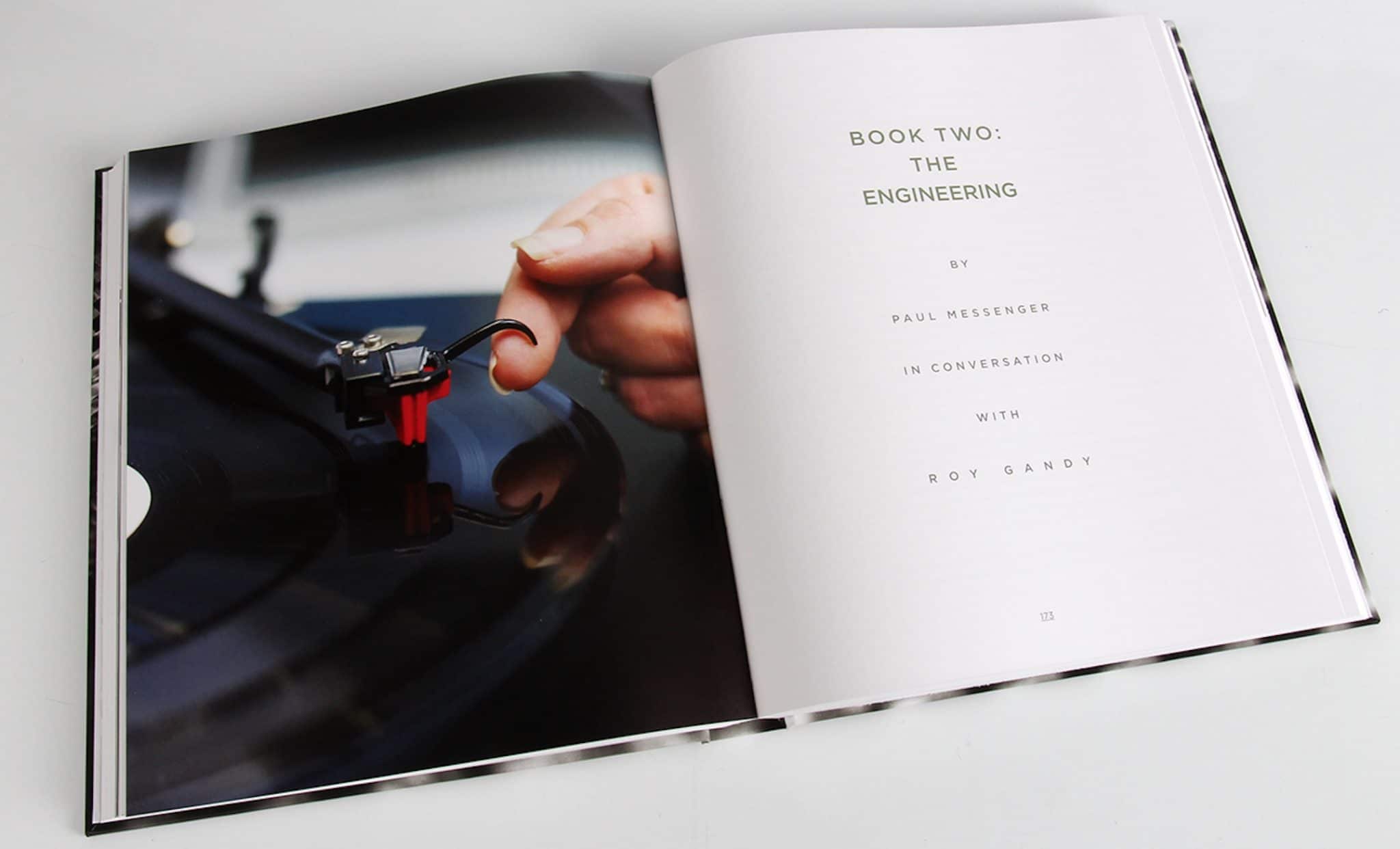
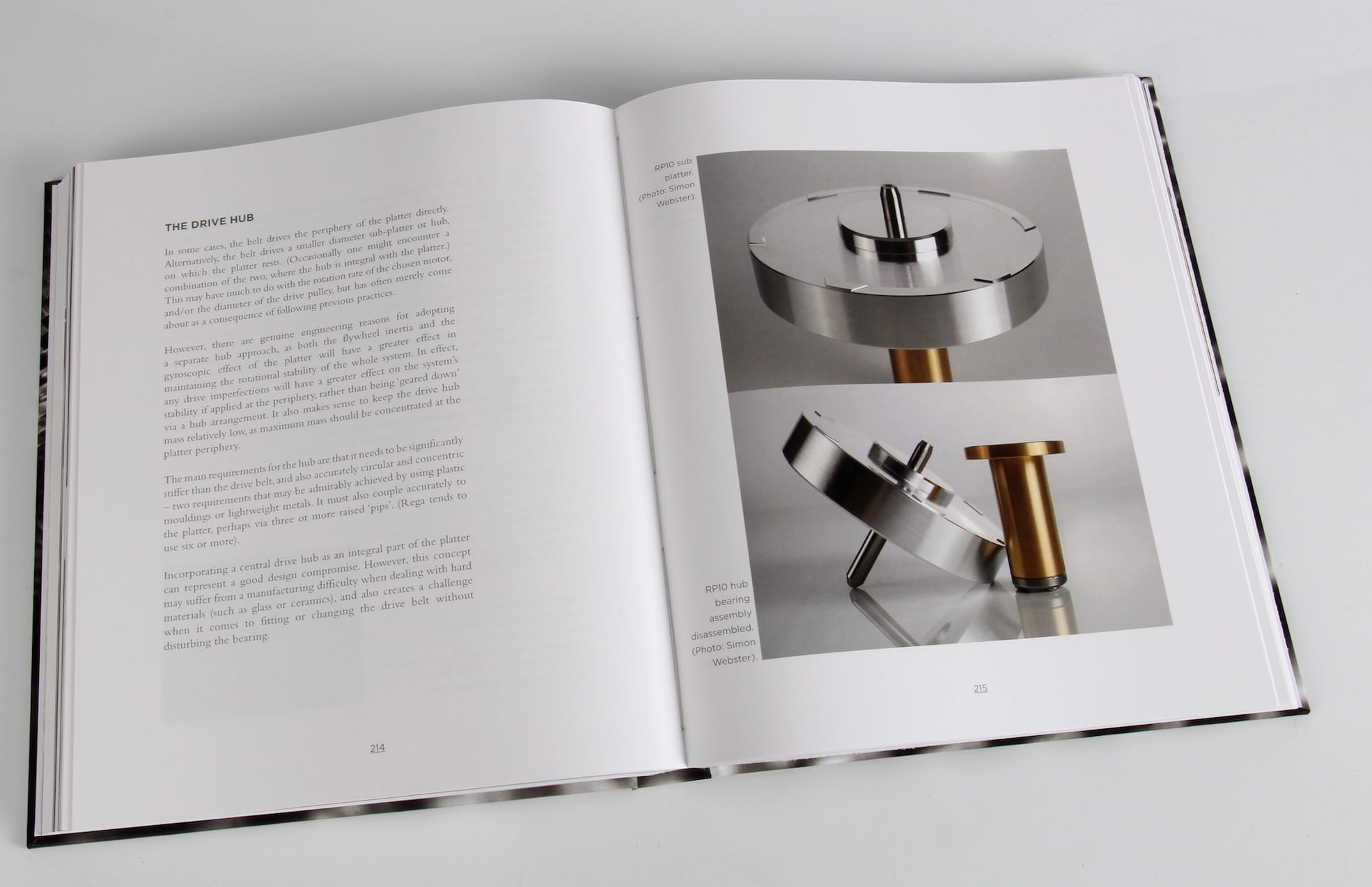
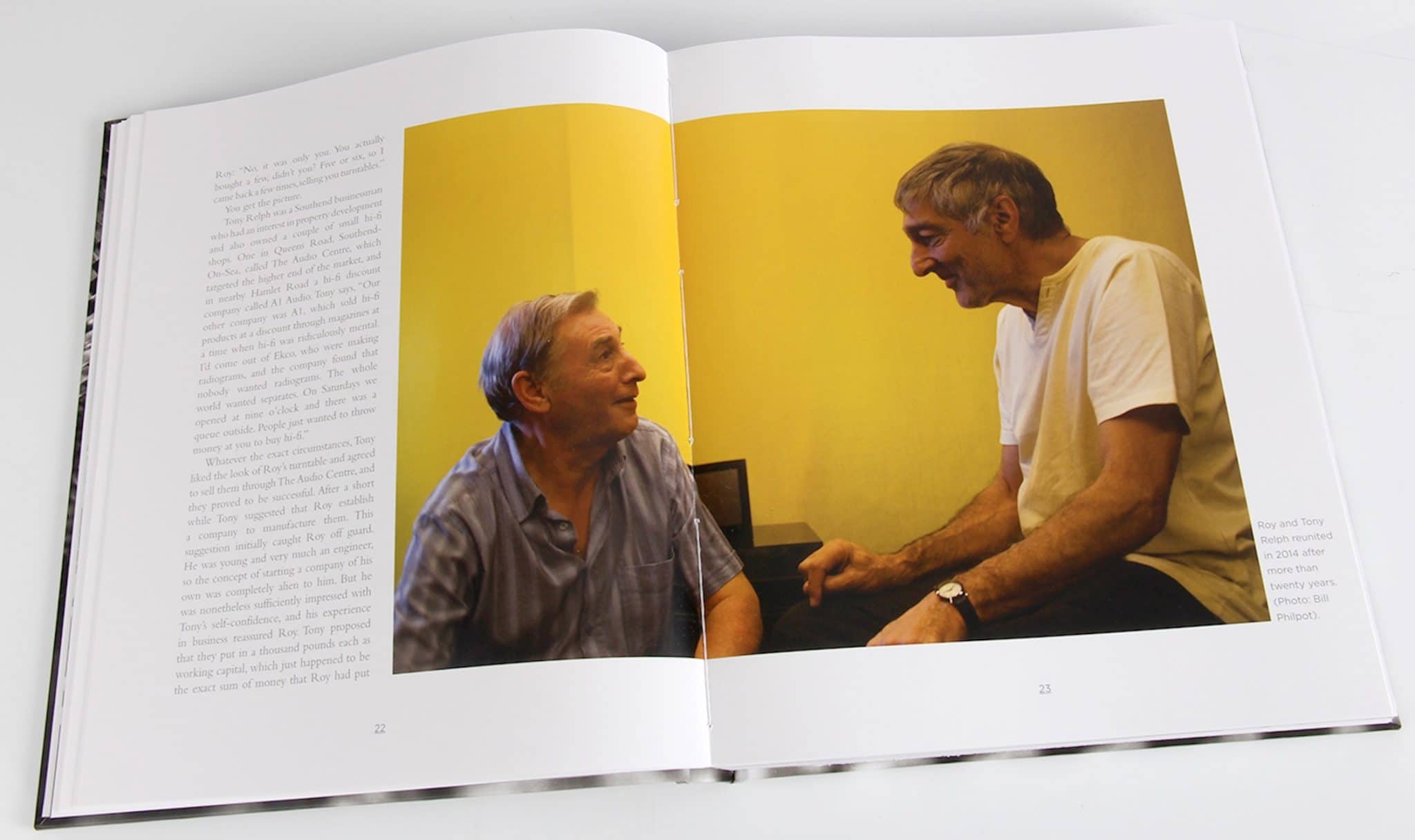
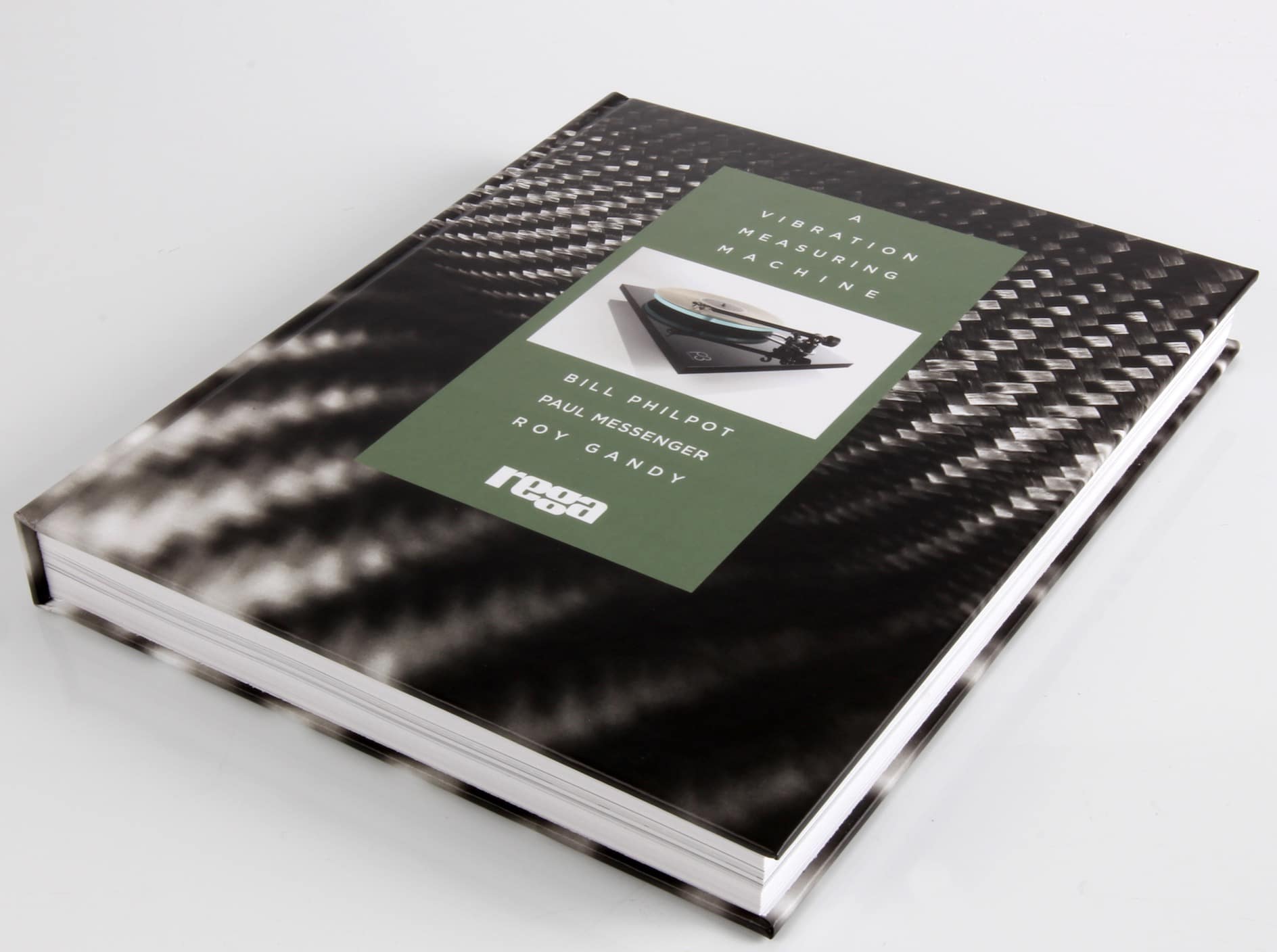
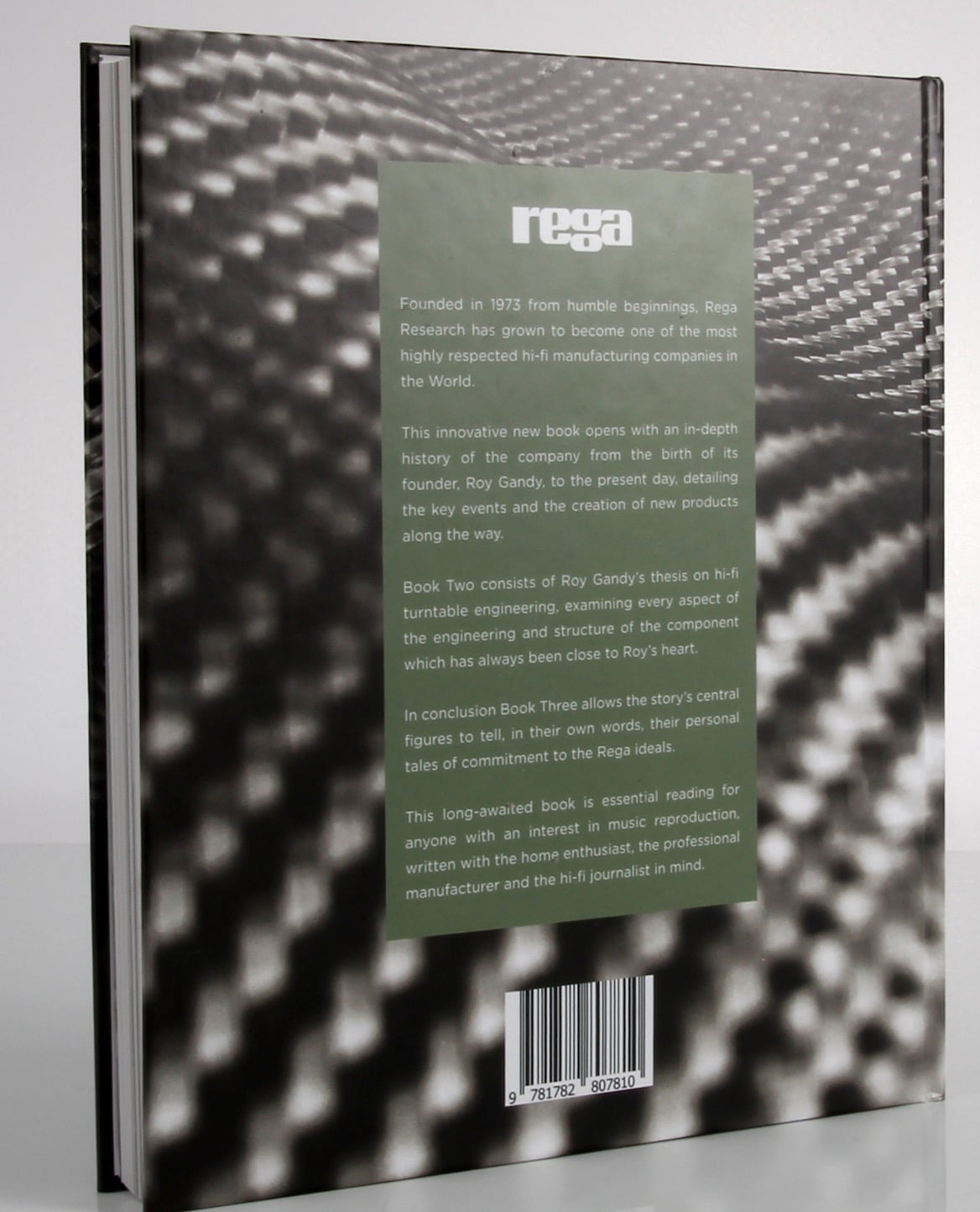


VTA is a neurosis? No, not really. I have seen first hand with tonearms that are adjustable, how much difference it makes when you get it spot on.
Thanks for your thoughts, Nick.
I’ll be grabbing this Rega book!
🙂